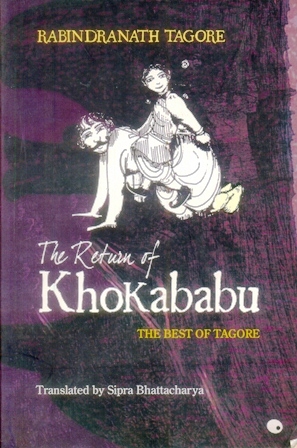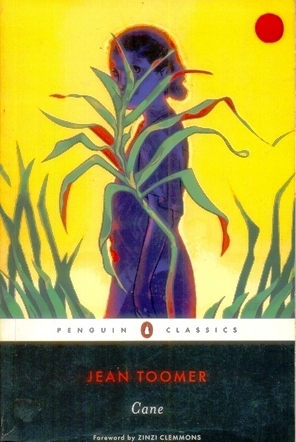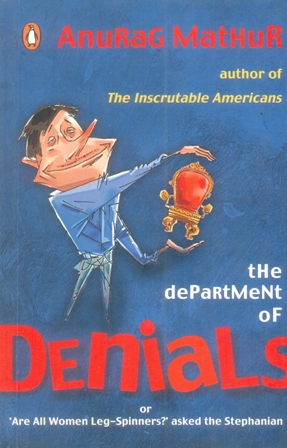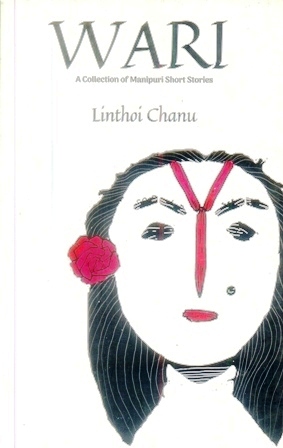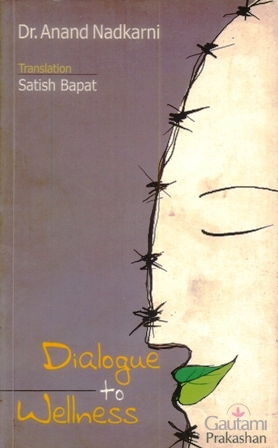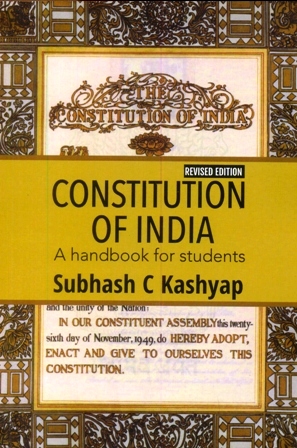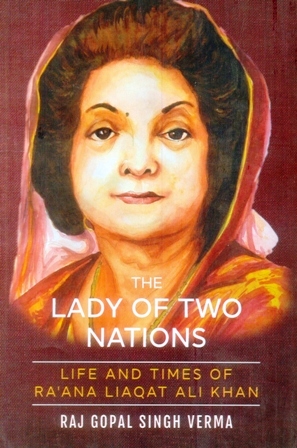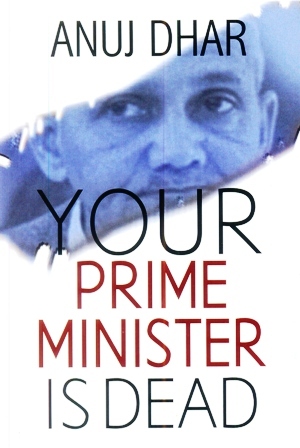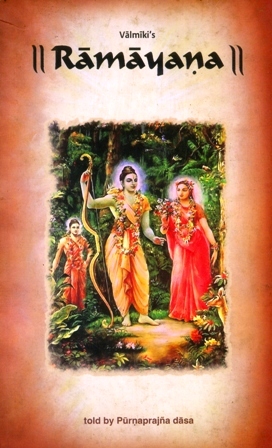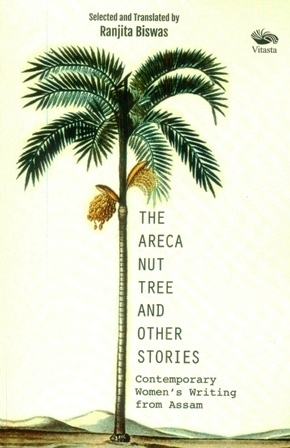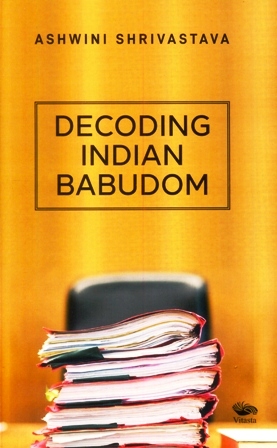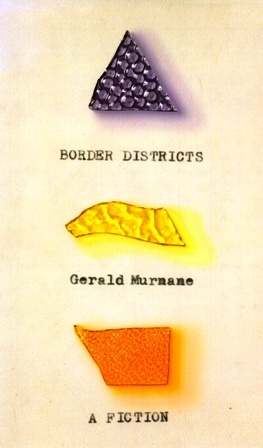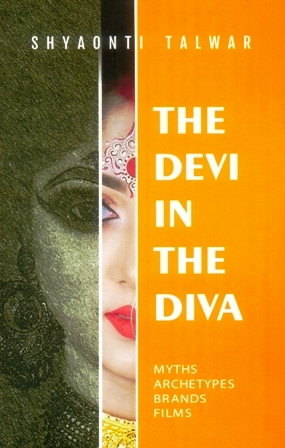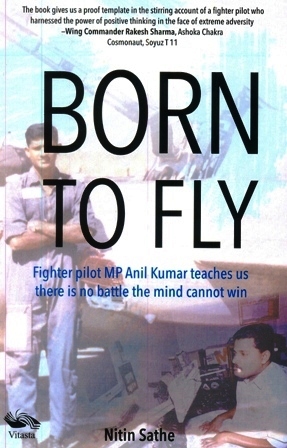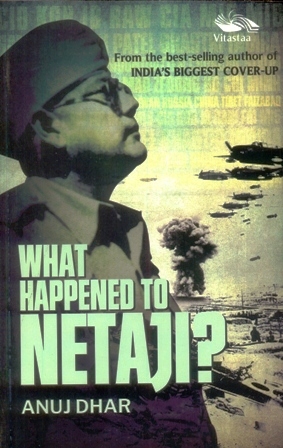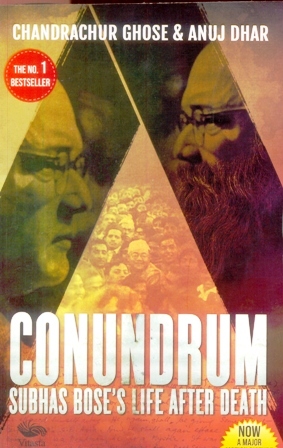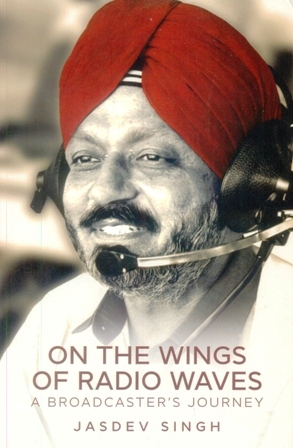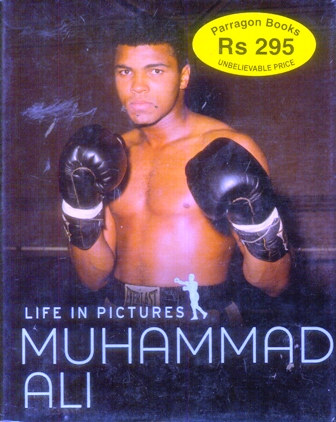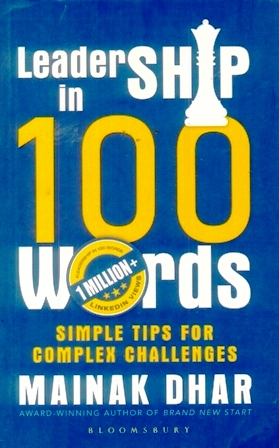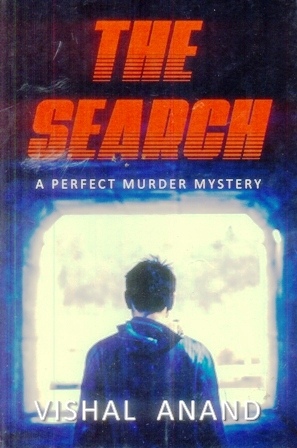-
Constitution of India
The Constitution provides a legal framework for a nation, where citizens pledge to abide by the rule of law and protect the sovereignty of the country. India has a written Constitution, which was created following four years of intensive debates among different stakeholders, all their concerns addressed and inputs incorporated. This makes India’s Constitution unique as the British, who ruled India till 1947, Do not have a written Constitution. Although most of the laws were inherited from the British times, provision of reassessment and amendments keep the doors of change open. The rights to freedom of religion and freedom of speech promise equity and introspection. India’s young people need to know this Constitution – how we are governed and what are our democratic rights and responsibilities as citizens, for us to be able to become global Indians. This handy book introduces the world’s largest Constitution to our readers, explaining on what basis India’s democracy works and dispels some of the popular myths and misunderstandings regarding our Constitution.
-
The Lady Of Two Nations
He was an Oxford-educated scion of a Nawabi family. She, a comely young woman from a Brahmin turned second-generation Christian family. While he rose to become the first Prime Minister of Pakistan, the Shaheed-e-Millat Liaqat Ali Khan, she came to be known as Gul-e-Ra’ana. Theirs was a beautiful story of love transcending the boundaries of nationalism and religion—a story worth telling. Raj Gopal Singh Verma narrates the fascinating story of this famous couple in the style of a fast-paced historical novel set against the complexities and violent upheavals of the Partition. After Liaqat’s assassination, the Begum brought up their two children alone and made a stellar contribution to Pakistan’s political, social, and cultural domains. She also served as the country’s finance minister and a diplomat to several Western countries. On her return, she continued to work for the empowerment of Muslim women of the country. Born and brought up in an undivided India, this is a story of the lady of two nations and three religions: Begum Ra’ana Liaqat Ali Khan.
-
Your Prime Minister is Dead
When Lalita Shastri saw her husband’s body, it did not appear he had been dead only a few hours. His face was dark bluish and swollen. The body was bloated and it bore strange cut marks. The sheets, pillows and the clothes were all soaked in blood. As the family members raised doubts, suddenly sandal paste was smeared on Lal Bahadur Shastri’s face. And yet, the controversy whether or not India’s second prime minister’s death was really due to a heart attack, couldn’t be contained. Allegations of the KGB’s, the CIA’s or an insider’s hand in the death of Lal Bahadur Shastri emerged in time In this first-ever comprehensive study of the enduring Shastri death mystery, Anuj Dhar puts together a disturbing narrative going against the official version. Dhar’s bestselling book "India’s biggest cover-up" inspired declassification of the Subhas Chandra Bose files and hit web series "Bose: Dead/Alive
-
The Areca Nut Tree and Other Stories
The Areca Nut Tree and Other Stories showcases works by a new generation of Assamese women writers, whose spectrum is wide and not confined to so-called ‘women-centric’ subjects. Be it a defiant woman sticking to her minuscule plot of land and challenging a land-grabber uncle, a woman trying to bring about a change in a river island, an adolescent girl tricked into marriage and trafficked taking on a new avatar as a revered sanyasin, a poetic portrayal of a man desperately looking for his lost love through his wanton ways, or a scathing comment on a voyeuristic society, these stories deal with human issues and experiences from different angles. Powerful voices not dictated or influenced by patriarchal dominance in society, these are tales that will offer readers a glimpse into the richness of Assamese literature of our times.
-
-
Border Districts A Fiction
Murnane, in his unfailingly serious way, is very funny ... we read and think about him ruminating on his reading and thinking about reading and thinking until the book rather gloriously threatens to swallow itself whole." ―Lidija Haas, Harper's Magazine "Devotees of Murnane (The Plains), the exacting Australian writer of crafty, austere fictions, will find familiar themes in this prismatic work: the fascination with color, the grassy landscapes, and the obsessive compiling of a mind’s 'image-history.' The aged narrator, a 'student of colors and shades and hues and tints,' has retired to a 'district near the border' of his unnamed native land. There he explores the regions of his psyche with a monklike devotion, 'study[ing] in all seriousness matters that another person might dismiss as unworthy, trivial, childish.'" ―Publishers Weekly "An old man ruminates on landscapes and houses, authors and religion, colored glass and memory in this drifting quasi-fiction. The unnamed narrator, age 72, has recently moved from a city to live alone in a 'quiet township' near an unspecified border in an unnamed country. In the opening pages, he recalls his school days and the religious brothers who taught him." ―Kirkus, starred review
-
The Devi In The Diva
How have Parvati and Lakshmi’s myths dominated mainstream cinematic plots for over five decades? Why do Kali and the Matrkas figure so often in horror films? Who is the most enduring manifestation of Saraswati in Bollywood cinema? How is the female cop almost always the Durga archetype? How do Claire Underwood of the House of Cards and Olivia Pope of Scandal make such convincing Lakshmis? These are a few of the many questions this book raises and answers. This book is for every reader who loves films and all those who take an interest in mythology. It dwells on Indian goddess archetypes which reveal themselves through their many myths and suggests how these archetypes can be worked with for more empowering projections of women in the media. It traces the goddess in human form and her many manifestations and tales in contemporary cinema and television web series.
-
Born to fly
Born to fly is the story of flying Officer MP Anil Kumar who was a mig 21 pilot in the Indian Air Force. As a result of a motor-cycle accident in 1988, when he was just 24, he was paralysed from neck-down. The accident reduced him to a near vegetative state, confining him to a wheelchair for the rest of his life. Battling with negative thoughts of giving up constantly, Anil finally decided to fight destiny as a quadriplegic. He picked up the threads of what remained of his life and wove for himself a meaningful second life. Using his pent up energies and an ever-expansive mind, he chose to become a prolific writer and media commentator. His first mouth written essay, airborne to chairborne, which propelled him into the world of writing, was included into school curricula, spurring children to face all adversities without losing hope. His life has, and will continue to be, a source of inspiration for generations.
-
What Happened To Netaji
From the best selling author of India’s Biggest Cover-up In 2013, the Lucknow Bench of the Allahabad High Court described as ‘genuine and based on relevant material’, Anuj Dhar’s writings regarding the controvey surrounding the fate of Subhas Chandra Bose So, what really happened to Netaji? What is the factual position with regard to the air crash that reportedly killed him in 1945? Is there any truth behind Subramaniun Swamy's belief that Netaji was killed in Soviet Russia at Jawaharlal Nehru's behest? How do the biggest names of the past and present, from Mahatma Gandhi and Vallabhbhai Patel to President Pranab Mukherjee and Atal Bihari Vajpayee fare in India's longest running controvey? Who was Gumnami Baba of Faizabad and if indeed he was Netaji, why did he not surface? Above all, what is preventing the Narendra Modi government from declassifying the Netaji files? the answer would make you believe that truth is stranger than fiction
-
Conundrum
Catastrophic truth about the fate of the man who freed India Sitting in a dilapidated house in a remote part of India, a 74-year-old man narrated in his deep baritone the layout of Jessore cantonment in East Pakistan to his handful of followers. They got the import only a few weeks later when Jessore fell to the advancing Indian Army. This was in December 1971, and Subhas Chandra Bose was officially dead for 25 years. Having spent over 15 years in procuring and scouring through thousands of records from across the world, interacting with eyewitnesses and consulting experts, the authors come to a history-bending conclusion that a mostly unseen, unnamed holy man who lived in various parts of UP from the 1950s to 1985 was Subhas Bose himself. From a “living” Netaji’s throwbacks about his contemporaries, his views on Constitutional issues and India’s foreign policy, to his forays into the world of paranormal and top-secret covert missions across the borders to heart-breaking disclosure why he could not emerge in public — no other book ever written in India is as bold and vast in its scope and implications.
-
On the Wings of Radio Waves: A Broadcaster's Journ
This is an autobiographical account of the life of Jasdev Singh, India’s renowned Hindi sports commentator. The book gives an eyewitness account of many monumental events in the field of sports. But Jasdev Singh did not merely cover sports. Through his eyes, we see history unfolding before us – India’s first space mission with Russia, the massacre at the Olympics village in Munich, the unforgettable Golden Temple tragedy and the subsequent assassination of Indira Gandhi – Jasdev Singh has covered it all. While giving us fascinating first-hand accounts of these events, the author gives us a glimpse into his personal life – his losses, his struggles, the obstacles he faced and how he overcame them and also his amazing victories. He was awarded the Padma Shri and the Padma Bhushan by the Government of India for his outstanding services.

